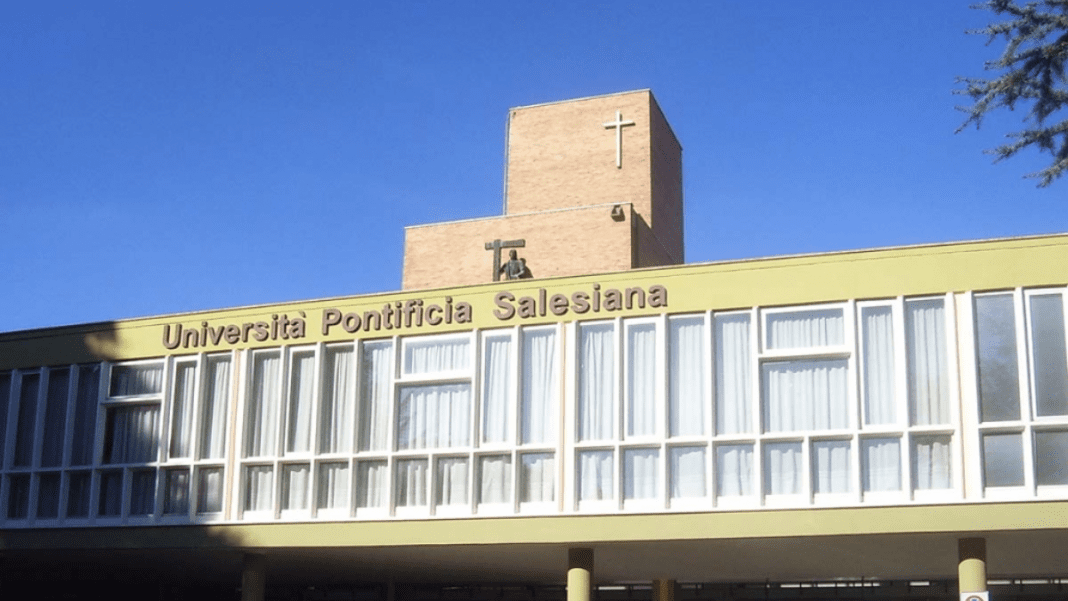The Pontifical Salesian University (UPS) in Rome has been hit by a big cyberattack. On the night of August 19, the university’s computer system stopped working. Its website and all online services went offline at once. Students, teachers, and staff could not log in or use digital tools.
What Happened in the Attack
The shutdown created many problems for the university community. People could not reach important files, online classes, or services. The university quickly said that the attack was very serious. Even though the word ransomware was not directly used in the official note, many signs suggest it was. Ransomware is a type of attack that blocks access to computers and files until money is paid.
The trouble started late at night. Computers and servers that supported classes and office work stopped working. Students who tried to log in could not. Teachers and staff could not send updates or reach data. Overnight, the whole system collapsed.
Ransomware usually spreads fast. It locks files and makes them useless until the victim pays. Because the attack happened while most people were asleep, the hackers gained an advantage. By the next morning, it was clear that many parts of the university’s digital life had stopped.
The university explained that its IT team quickly began emergency steps. They wanted to stop the damage from spreading and then fix the problem. Outside experts were also called in. The case has gained attention because the university is well known, and the attack shows how even big schools are not safe from cybercrime.
National Cybersecurity Teams Join the Case
Soon after the attack was discovered, Italy’s National Cybersecurity Agency and the Postal Police joined the response. These are the government teams that handle cyber problems. They began checking the system to see how the attackers got in and what was damaged.
Cyberattacks often start with weak passwords, unsafe software, or fake emails that trick people into clicking. Right now, the exact way hackers entered the system is not known. The investigation is still going on.
Australians warned as fake Booking.com sites spread dangerous XWorm malware
The authorities also worked to make sure the attack did not spread further. Every server and file now needs to be checked one by one. This takes time because experts must be certain that no hidden threats remain.
The fact that state agencies are helping shows how serious the situation is. Cyberattacks on universities can put private data, research papers, and office records at risk. That is why the case is being treated as a major security matter.
How the University is Communicating
Since the website and online systems are still down, the university is sharing updates in other ways. Information is being posted on social media and sent through WhatsApp groups. This keeps students, teachers, and staff aware of what is happening.
In its official note, the university said sorry for the problems caused by the shutdown. It promised to work nonstop until all systems are back. Leaders also said that protecting data and bringing back online services is their top goal.
Cyberattack Catastrophe: How Hackers Can Endanger Human Lives ?
For now, some activities are being managed offline. Phone calls, paper records, and face-to-face talks are being used where computers cannot be. Even with these challenges, classes and office work continue in different forms.
The attack has shown how quickly a university can be thrown into chaos by hackers. At the moment, the main focus is on repair, safety, and keeping the community updated until full services return.
